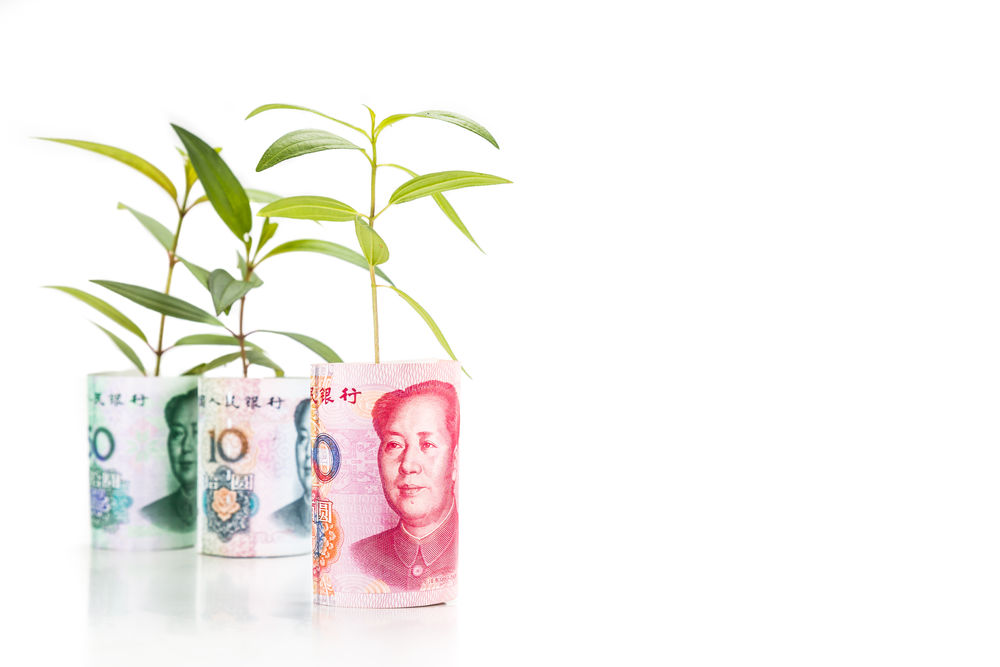You’re Almost in the SDR; So What’s Next?

Please note that we are not authorised to provide any investment advice. The content on this page is for information purposes only.
On 13 November 2015, the IMF’s Managing Director, Christine Lagarde, released a statement that an IMF Executive Board meeting will come on 30 November to decide whether to include the Chinese reminbi (RMB) in the Special Drawing Rights’ (SDR) valuation formula. She said, ‘IMF staff assesses that the RMB meets the requirements to be a “freely usable” currency and, accordingly, the staff proposes that the Executive Board … include it in the SDR basket’.
On 13 November 2015, the IMF’s Managing Director, Christine Lagarde, released a statement that an IMF Executive Board meeting will come on 30 November to decide whether to include the Chinese reminbi (RMB) in the Special Drawing Rights’ (SDR) valuation formula. She said, ‘IMF staff assesses that the RMB meets the requirements to be a “freely usable” currency and, accordingly, the staff proposes that the Executive Board … include it in the SDR basket’.
The US and Japan, which had previously been cautious about including the RMB, seem to have softened their stance, so it is likely that the Board will decide in favour of the proposal.
The SDR has several different roles in the operation of the IMF, but the issue under discussion is its role as the unit of account. The value of the SDR currently links to a basket of four global currencies: the US dollar, the euro, the British pound and the Japanese yen, with their weights being 42, 37, 11, and 9 percent, respectively. The currencies in the basket and their weights reflect global trade and financial trends, so that it can be an effective yardstick for the IMF’s general operations.
The idea of including RMB as a fifth currency in the basket has been floating for some time, including a previous review of the SDR in 2010. Back then, China was already well qualified under one of the two criteria for SDR inclusion: it was a major global exporter of goods and services. However, the Executive Board considered that the RMB did not meet the other criterion of being a ‘freely usable’ currency. This time, the IMF staff has assessed the RMB’s ‘free usability’ differently, opening the door to the SDR.
Will this be a blessing for China, and if so, in what sense?
Note that inclusion in the SDR is very different from increasing China’s share in the IMF quota, which has also long been pending. The IMF’s quota represents the member country’s voice in the decision-making at the IMF, and links closely to the country’s influence over the IMF.
In contrast, inclusion in the SDR offers no privilege to the currency issuer country. China gains no tangible benefits inside the IMF from the RMB being included. Outside the IMF, some have argued that including the RMB in the SDR will shift global investors’ asset portfolios toward the RMB, including those held by sovereigns as foreign reserves. This could happen, but there is no logical reason why it should. After all, the SDR is just a matter of how the IMF does its internal accounting. One should not make too much out of it.
Yet it is clearly a symbolic victory in China’s efforts to raise its status in the international financial community, commensurate with its growing importance in the global economy. If the RMB is included in the SDR, it is still not clear what its weight will be at this point. But an August IMF staff paper estimated it to be ‘14–16 percent’ based on the existing formula. This means the RMB would jump over both the pound and the yen. This will send a clear signal to the world that the RMB is a very important international currency.
China has argued since the global financial crisis that the US dollar-dominated international financial system excessively exposes investors to US risks. In his speech in March 2009, the Governor of the People’s Bank of China Zhou Xiaochuan noted that there is a need to create a super-sovereign currency whose value does not depend on any particular country’s economic fortune. He stressed that the SDR can play this role. Although the use of the SDR outside the IMF is unlikely to expand anytime soon, it is logical that China wants the RMB to be part of what it believes should be the vehicle currency of the future.
So once the SDR issue is settled, what will be China’s next move?
An obvious candidate is liberalising its capital account, which will no doubt further internationalise the RMB. However, in October, Chinese authorities removed the cap on deposit interest rates, which was a major step toward domestic financial deregulation. While this was long expected and awaited, it is potentially very risky. If history is a guide, deregulating the deposit rate often drives banks into competition, creates financial excesses, and eventually leads to market instability.
It is therefore advisable for Chinese authorities to move cautiously. Their next major action toward deregulation can wait for assurance that the domestic financial sector has fully adjusted to interest rates determined by the market. Perhaps more importantly, regulatory authorities will want enough confidence in their ability to detect the sources of financial instability, and to nip them in the bud.
Is RMB in the SDR a blessing for China? is republished with permission from East Asia Forum




